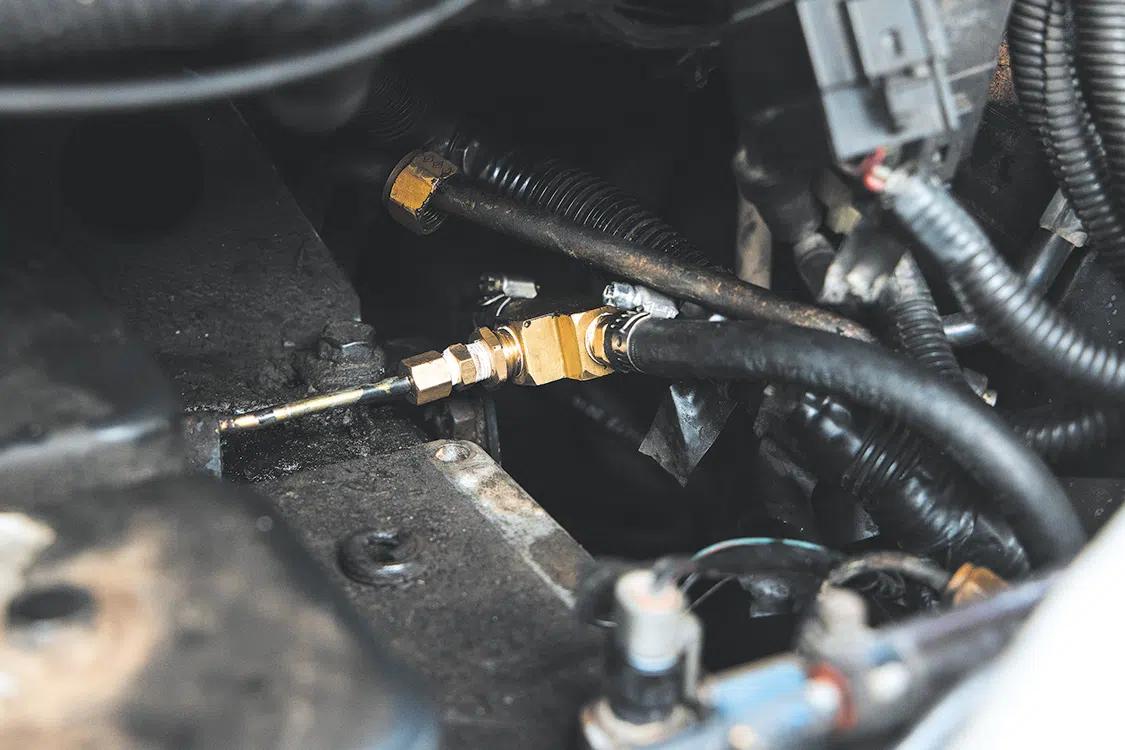The Road to 700HP: Transforming a 1994 Ram 2500 with a 12-Valve Cummins
The Road to a 700hp 12-Valve
Diesel World’s newest venture is our 1994 Ram 2500, with the ol’ reliable 12-valve Cummins. We are setting out to take this truck from its (well loved) stock state, to a “streetable” 700HP street tractor over the next 6 months.
This truck is a 2WD auto that has been used in stock form for 209,000 miles, and we are about to wake her up after a bit of sitting around from having transmission issues. It’s definitely rough around the edges, but runs great, doesn’t leak from the oil pan, and the AC works… that’s all that matters, right?
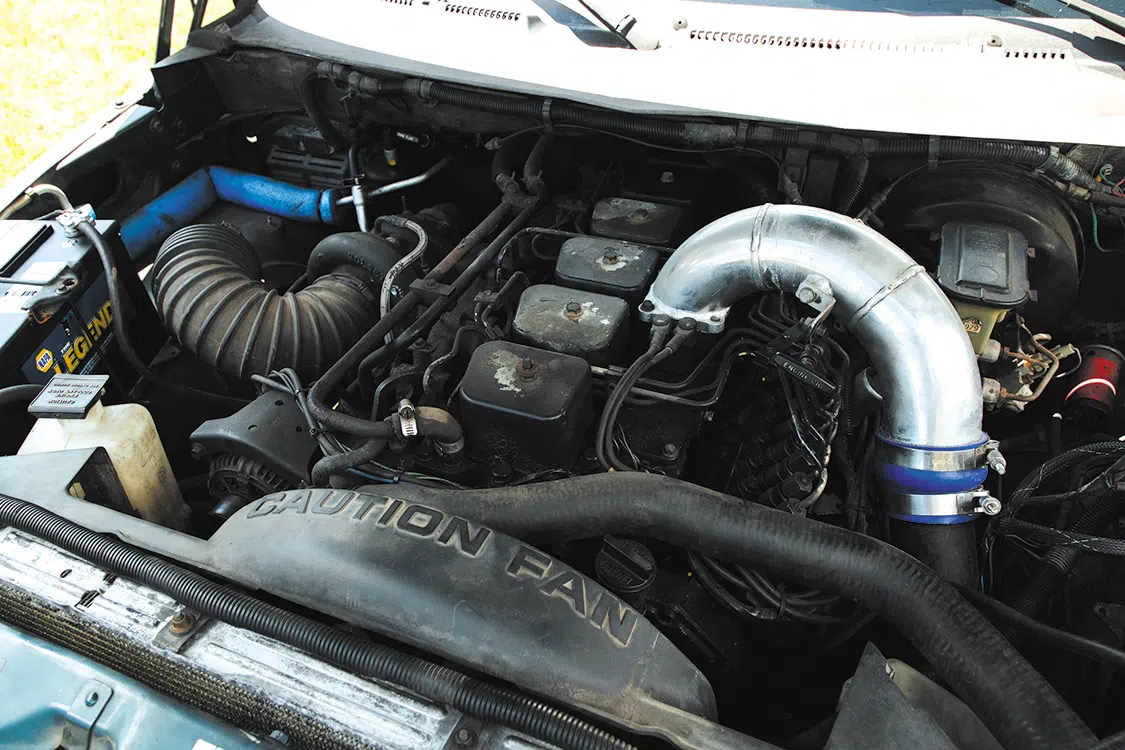
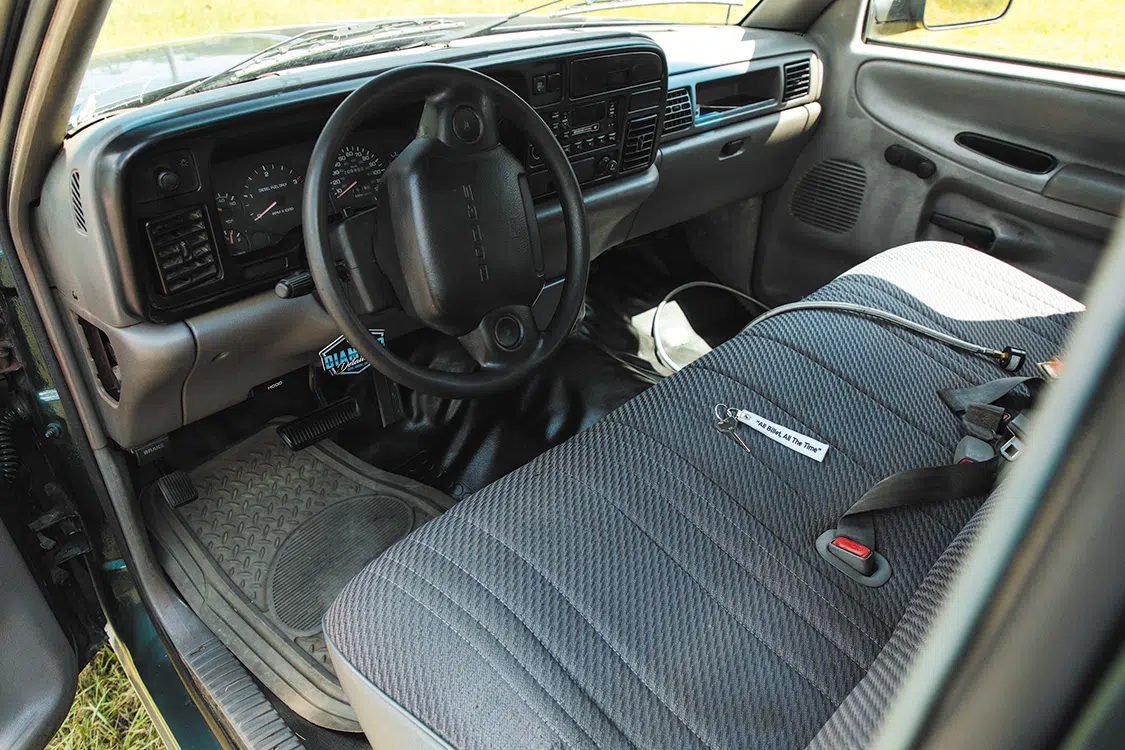
We’re working with some awesome companies like FTI Performance, Smeding Diesel, FASS Motorsports, FarFromStock, Dynomite Diesel Products, Liberty Forged Wheels, and CenFlo Mechanics to make this project stand out and put down some reliable power at some dyno events in the 2024 show season.
Now that we’ve introduced the truck, let’s get into it. In our opinion, the first part to any diesel build should always be your fuel system. FASS sent us one of their 140GPH systems to make sure our injection system is supplied with constant pressure and clean fuel, so we can get a long life out of these big injectors and fresh P7100.
Here’s the first segment of “Stock to Not – The Road to a 700hp 12 valve,” where we start at the baseline – installing our FASS 140!
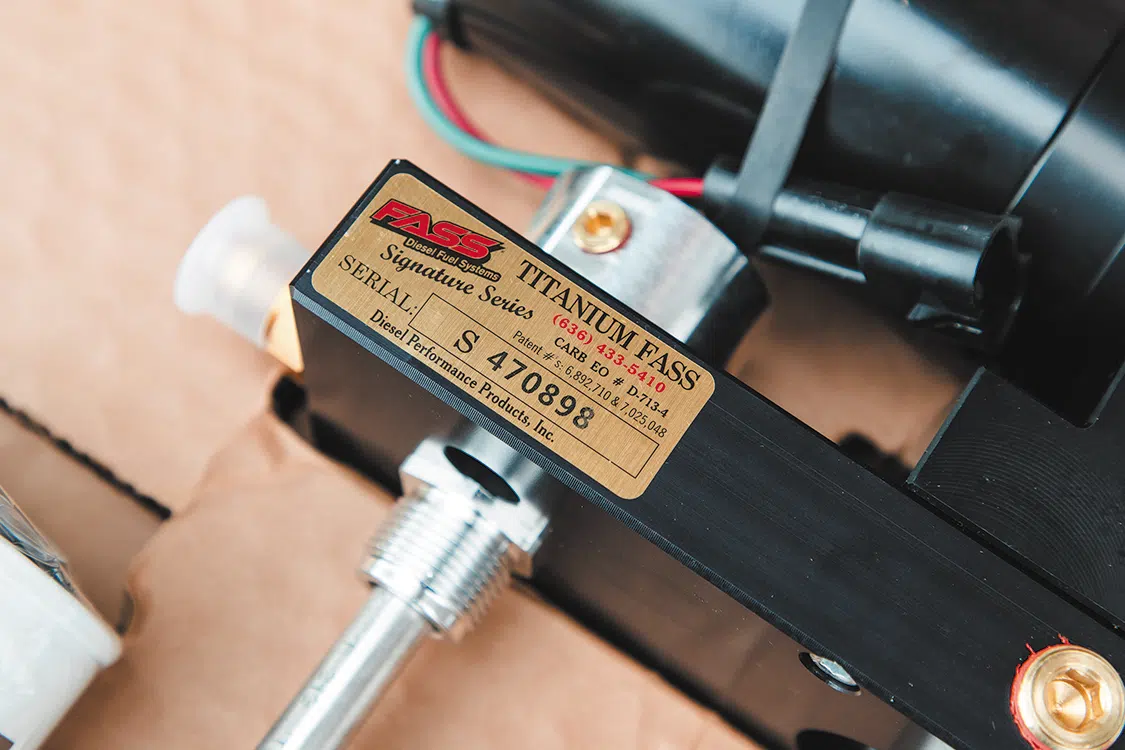
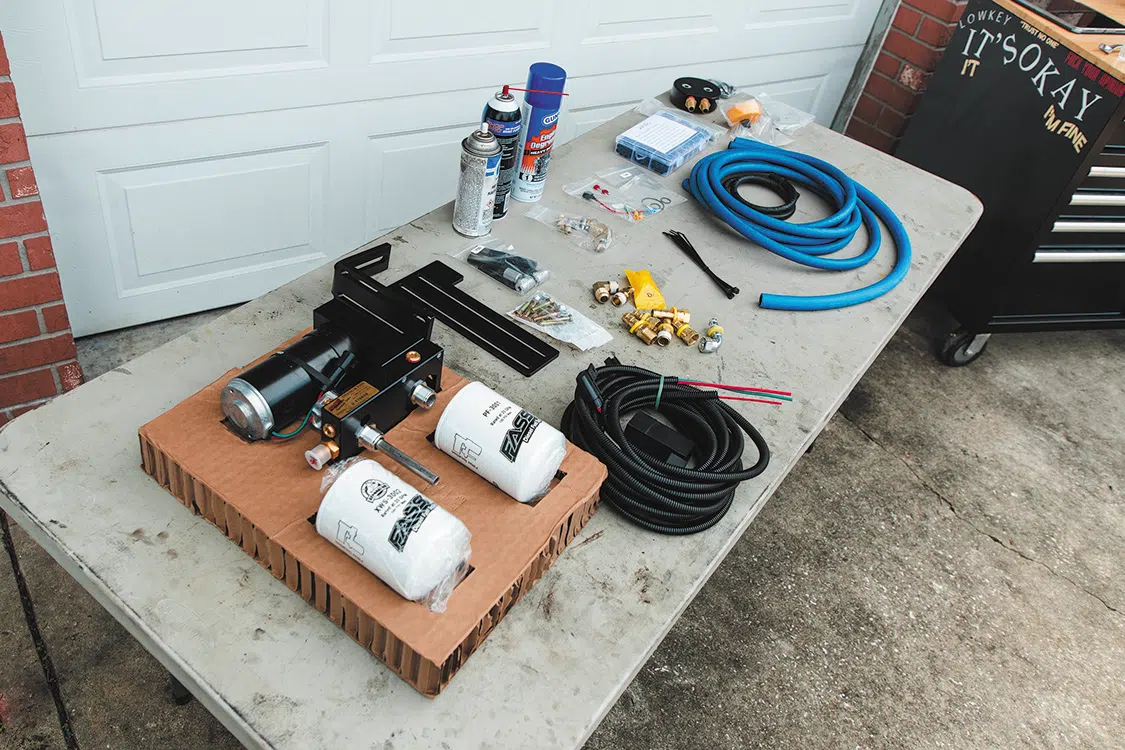
Step 1: Installing Electrical Harness
This is the first step in the process because we first need to power the pump to ensure that everything will be properly lubricated later on.
Note: FASS supplies dielectric grease, and recommends that you use a small amount on all electric connections, especially the relay pigtail.
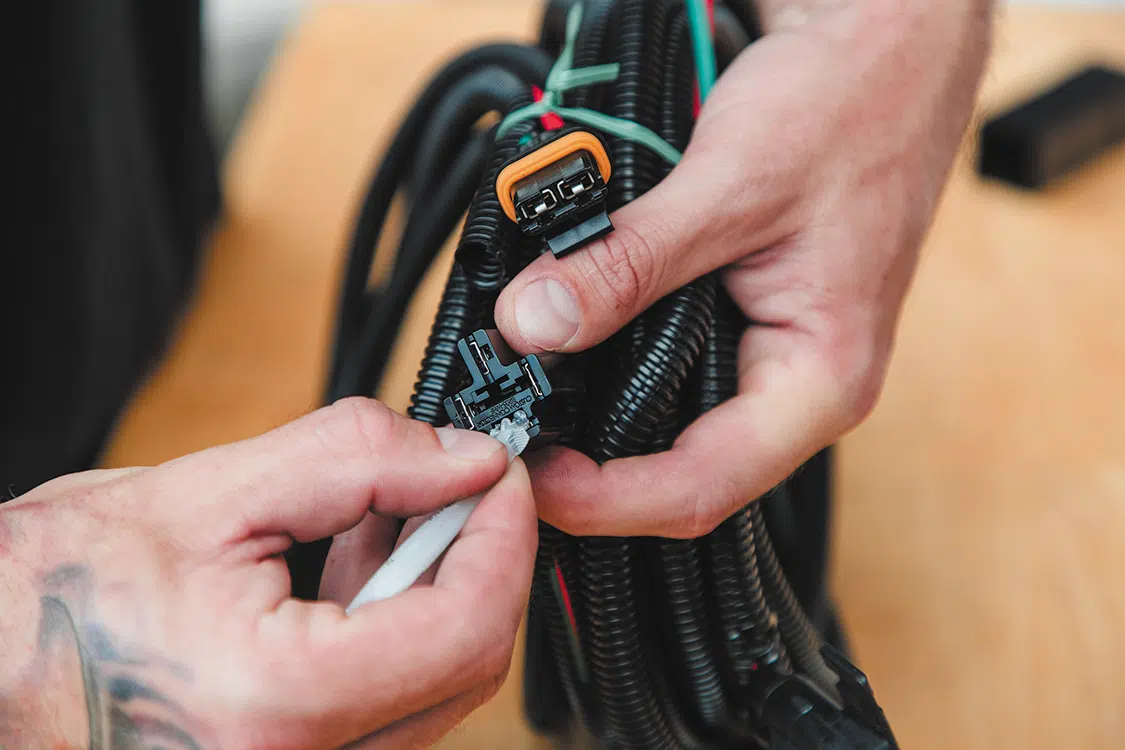
1A. First, we used a wire stripper to remove any excess insulation from the add-a-fuse and the red single wire of WH-1006-3.
1B. We placed the wires from 46044 and WH-1006-3 into the butt connector, then secured the connection using a crimping tool. Then, we installed 46260 to the top slot on 46044, near the added circuit/wire. We routed the 46044 lead through the fire wall, using the existing grommet.
1C. Next we crimped the ring terminals to the red and green wires of the wire harness. Then, we attached the red wire to the positive terminal of the battery and the green terminal to the negative terminal. FASS recommends using a corrosion preventative on electrical connections like this one.
1D. We secured the relay and fuse in an upright position, to prevent moisture from entering. As recommended by FASS, we used a small amount of the supplied dielectric grease on the relay pigtail.
1E. If your truck’s fuse panel is located in the cab, you’ll have to guide the single red wire from the relay through the fire wall grommet to access the fuse panel.
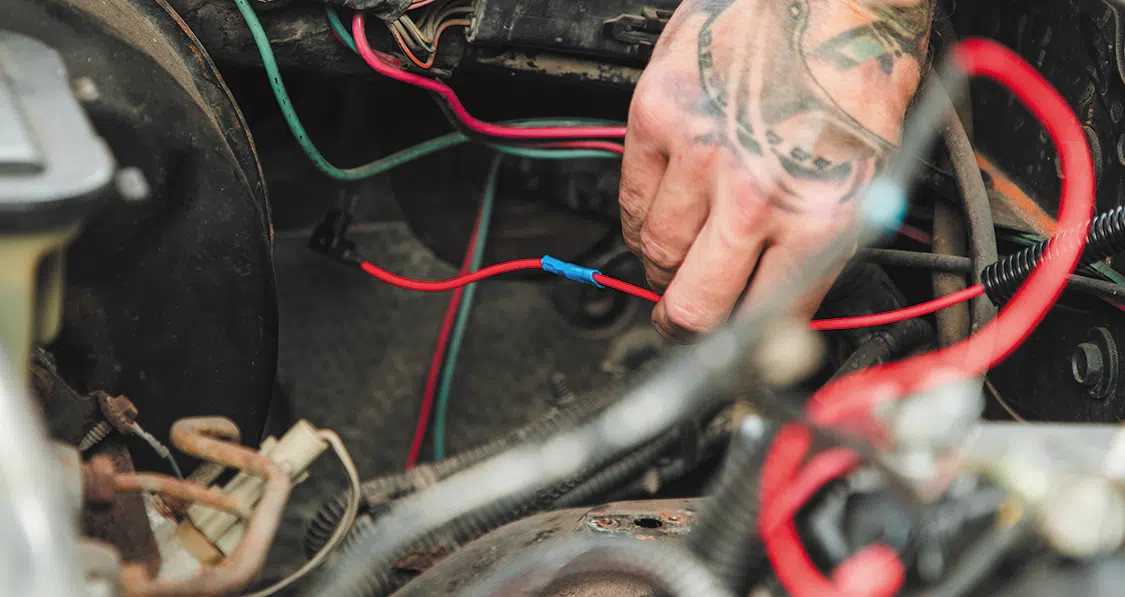
1F. The next step is to locate the fuse box and select the ignition hot fuse. We removed the fuse and replaced it with the FASS Add-A-Fuse. Then, we reinstalled the fuse we’d previously removed. Again, we recommend that you use a corrosion preventative here.
1G. We then routed the WH-1006-3 wire harness along the frame rail to the mounting location of the pump. That’s all for now, though – we’ll get to more instructions on completing this step during Step 3.
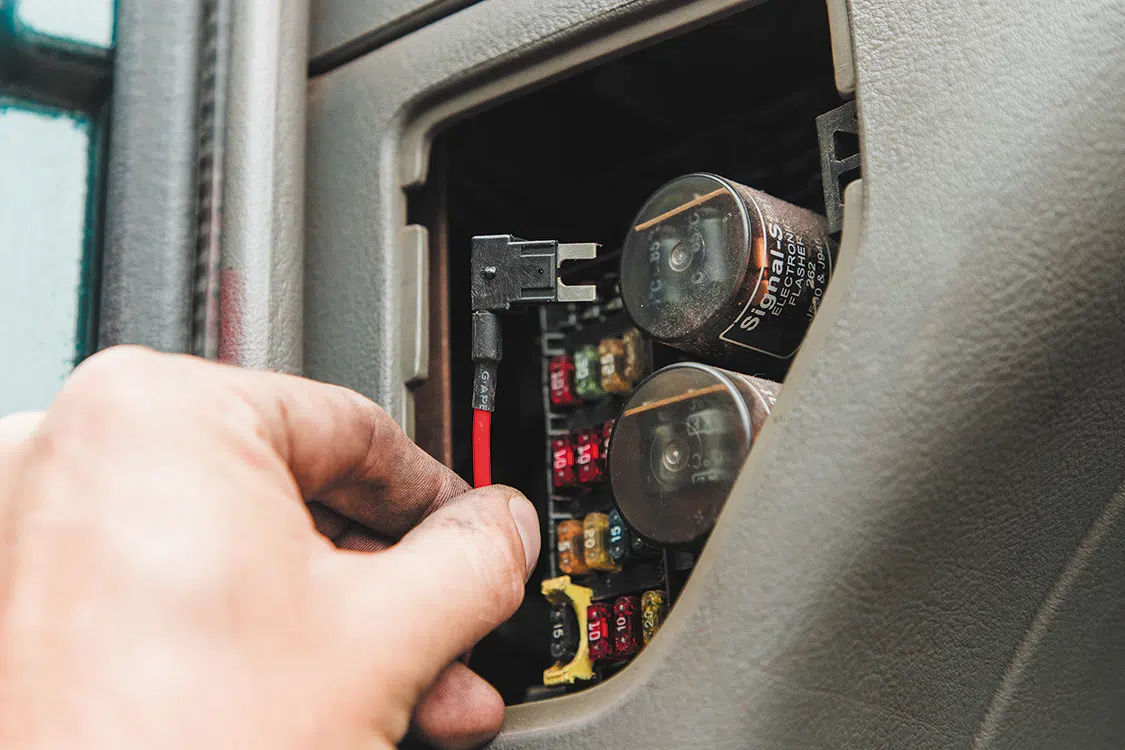
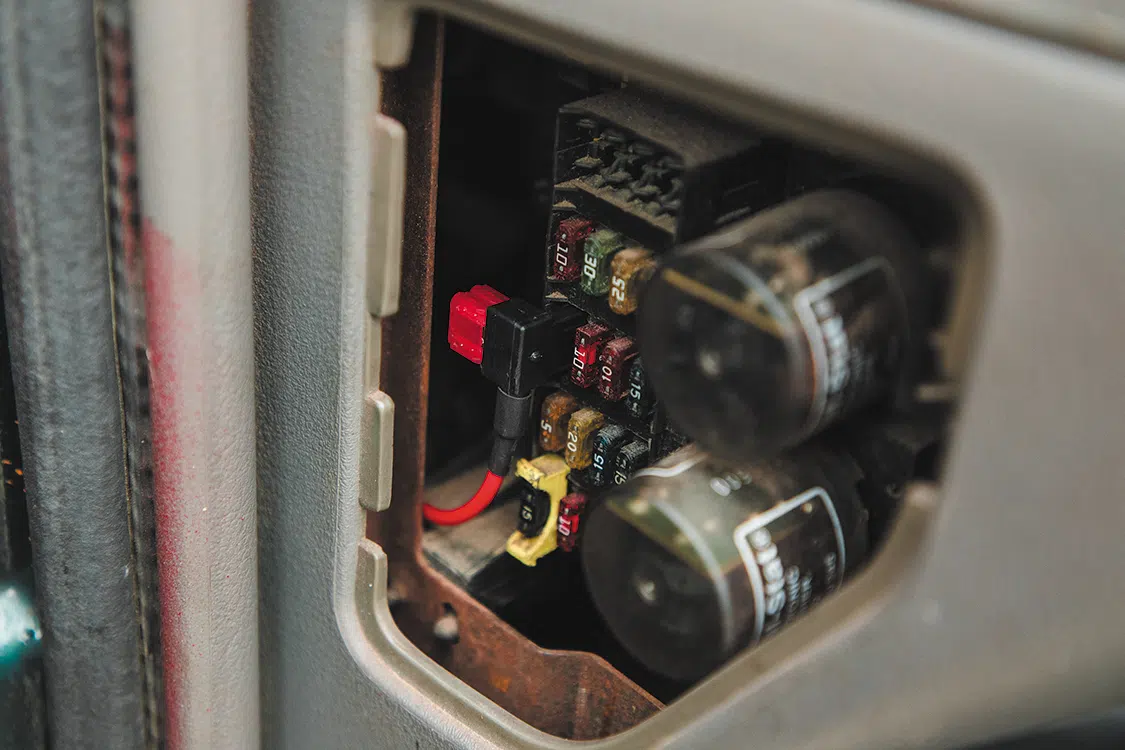
Step 2: Installing a Sump
2A. We opted to use a sump gravity fed system for our setup. And the tank was absolutely full, so we found our mounting location on the tank and used our pilot bit to drill a drain hole.
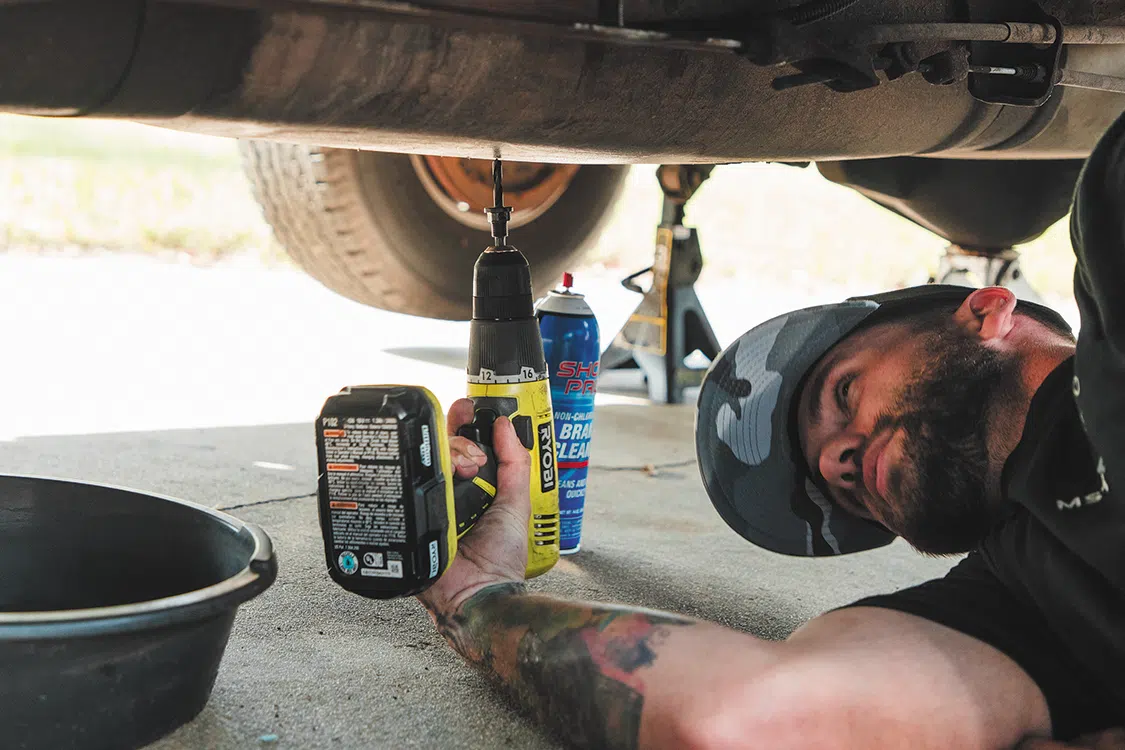
2B. Once we drained the tank, we installed the sump, and got it to the correct angle we needed to run our supply and return lines to our FASS system.
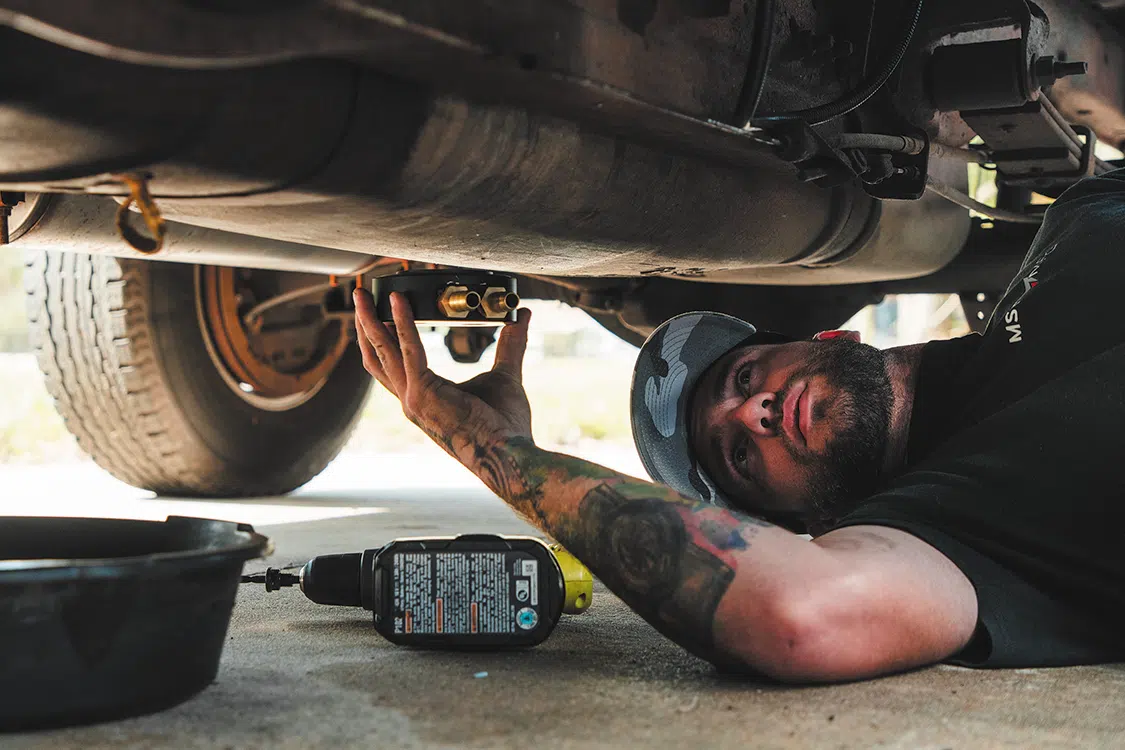
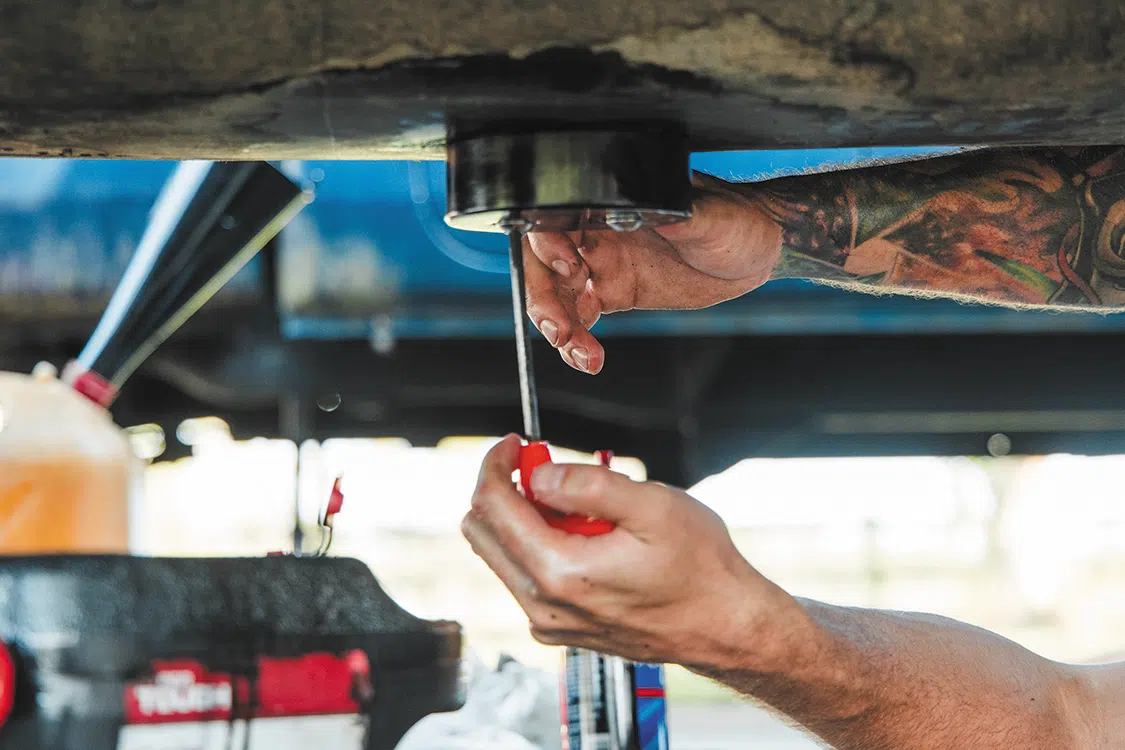
Step 3: Mounting Fuel System
3A. To begin Step 3, we inserted part 10-300 into the “E” port and 10-302 into the “T” port of the FASS, then torqued to 20 ft./lbs.
3B. Just to make sure everything would fit right when it comes time to secure everything later, we loosely bolted part PBR-2001 to the pump assembly using three ¼ 20×1 ¾ bolts and three WA-1001D. We’ll come back to this later during final correct fitting of brackets.
3C. Next we unbolted the driver’s side front bed bolt from the bed. (Hold on to that bolt for the next step.) Then, we aligned RS-2001 with PFB-2002.
3D. After aligning, we secured the PFB-2002 and RS-2001 with the bed bolt we just took off in the previous step.
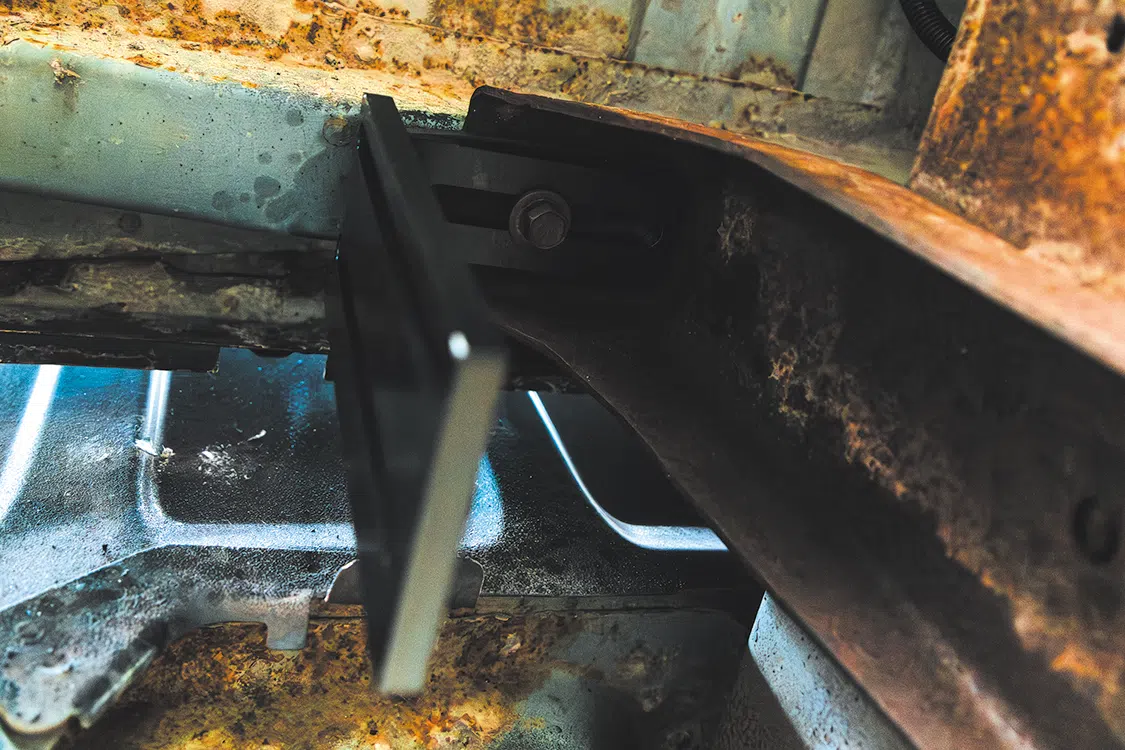
3E. We had to check the fit of the mounting location of the PBR-2001 to the PFB-2002 pump assembly. Once we were sure it was correct, we marked it on the mounting location and double-checked for the right fit. The next step will be mounting, so it’s important to make sure it’s right now.
3F. Next, it was time to connect the factory plug into the FASS harness. First, we connected the female plug of the FASS harness to the pump. Then, we turned our key to on. With the pump operating (you may have to bump the starter), we turned the pump over, then sprayed lots of WD-40 into the water separator nipple that lubricates the Gerotor.
3G. We started the assembly for the FASS pump bracket PBR-2001 using the RS-2002 spacer between brackets PFB-2002 and PBR-200. We used 4⅜-inch torque bolts (not flange nuts), nuts, and washers.
3H. Once secure, we used three 1¾-inch bolts and three WA-1001D spacers to mount the pump to the bracket.
3I. Next, we applied motor oil to the gasket located on the filters, attached to the system, and hand tightened. Finally, we installed the Extreme Water Separator on the side of the pump with the draw tube in the middle of the filter nipple. Then we secured the Particulate Filter (PF-3001) on the filter nipple without the draw tube. Make sure to insert the provided O-ring.
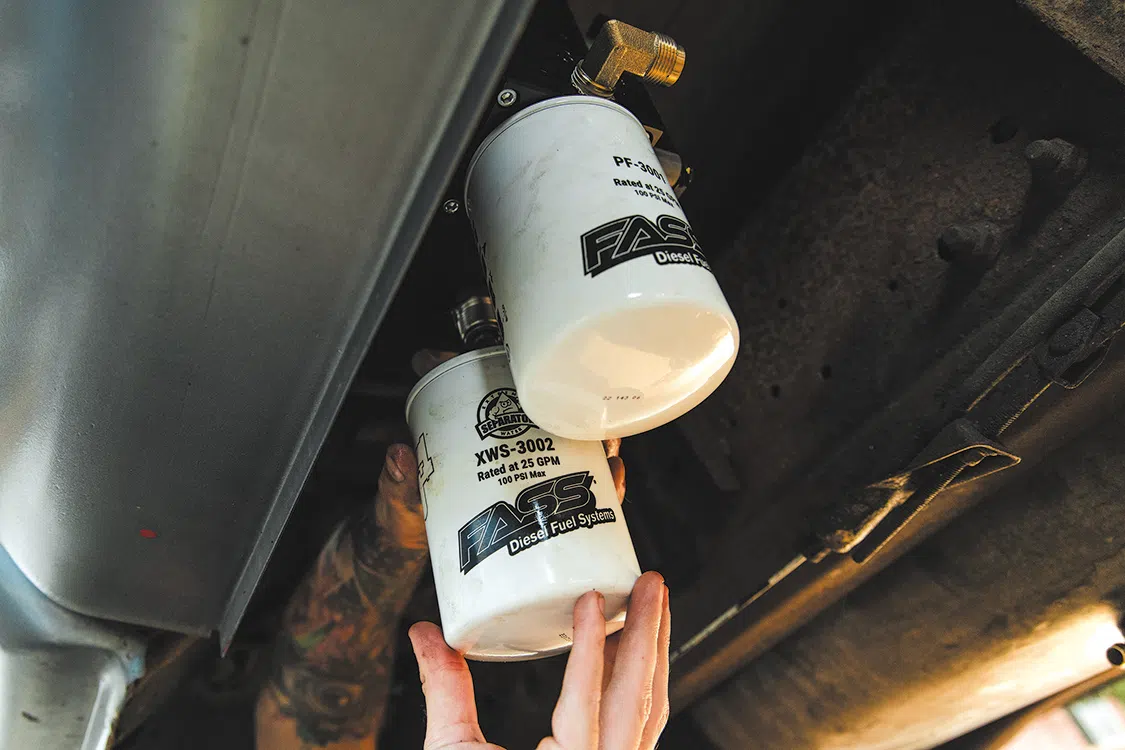
Step 4: Installing Fuel Line
Note 1: Hose clamps are not recommended for Push-Lok fittings, as fittings will hold up to 300 psi. Use oil on fittings and inside the fuel line when installing Push-Lok fittings.
Note 2: FASS recommends securing all fuel lines with cable ties. They’re the cheapest way to stop anything from coming loose, preventing problems in advance.
Note 3: Always be sure to secure hoses safely away from moving objects.
4A. We first routed the suction line from the suction tube to port ‘T’ on the FASS system. We cut FL-1058 to the proper length, then inserted PL-1058 using oil. Finally, we connected to 10-302 in port ‘T’ and torqued to 18 ft./lbs.
4B. Next, we had to route the fuel line from the Return port on BHF-1002 to the ‘R’ port on the FASS system. It’s okay for it to bend gently while doing this. Next, we cut and inserted the PL-1005 fitting to the hose using oil. We attached to the 10-300 in the ‘R’ port, and torqued to 18 ft./lbs.
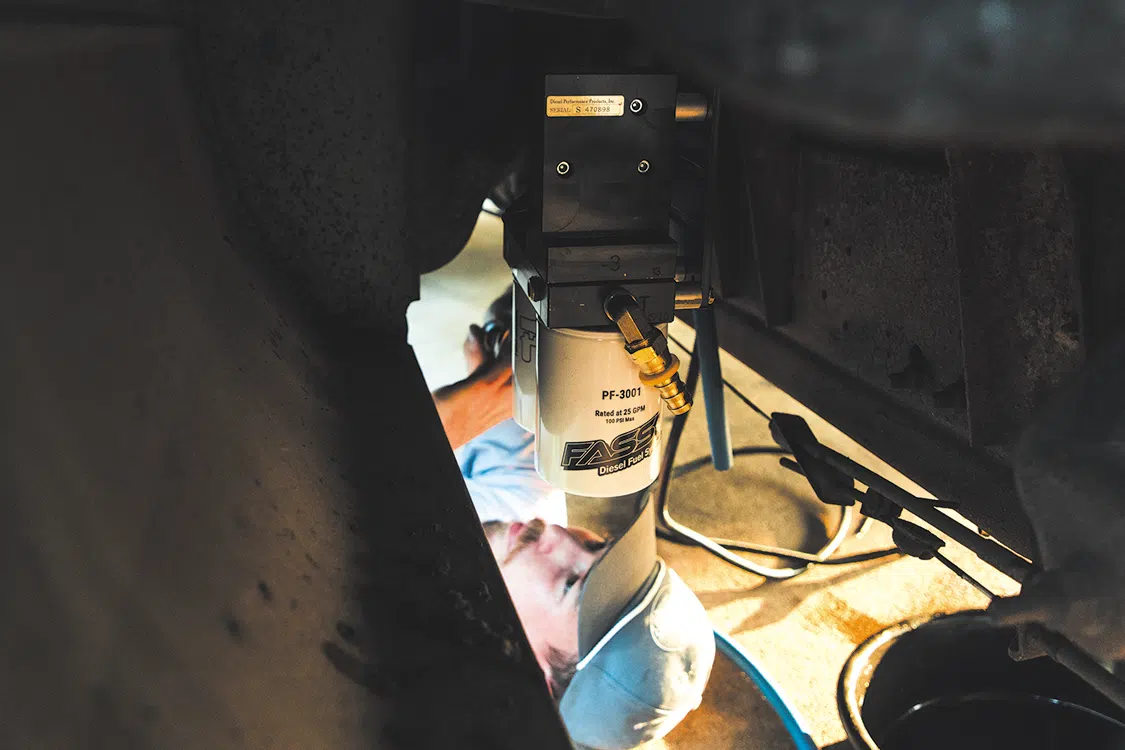
4C. The remaining fuel line had to be connected to the 10-300 in ‘E’ port of the FASS system using a PL-1005 and oil, then we routed this line up to the P7100 Injection pump. (Don’t cut it yet.)
4D. We disconnected the factory fuel line from the inlet side of the injection pump, then installed the DIPF-1004 into that port and torqued it to 18 ft./lbs.
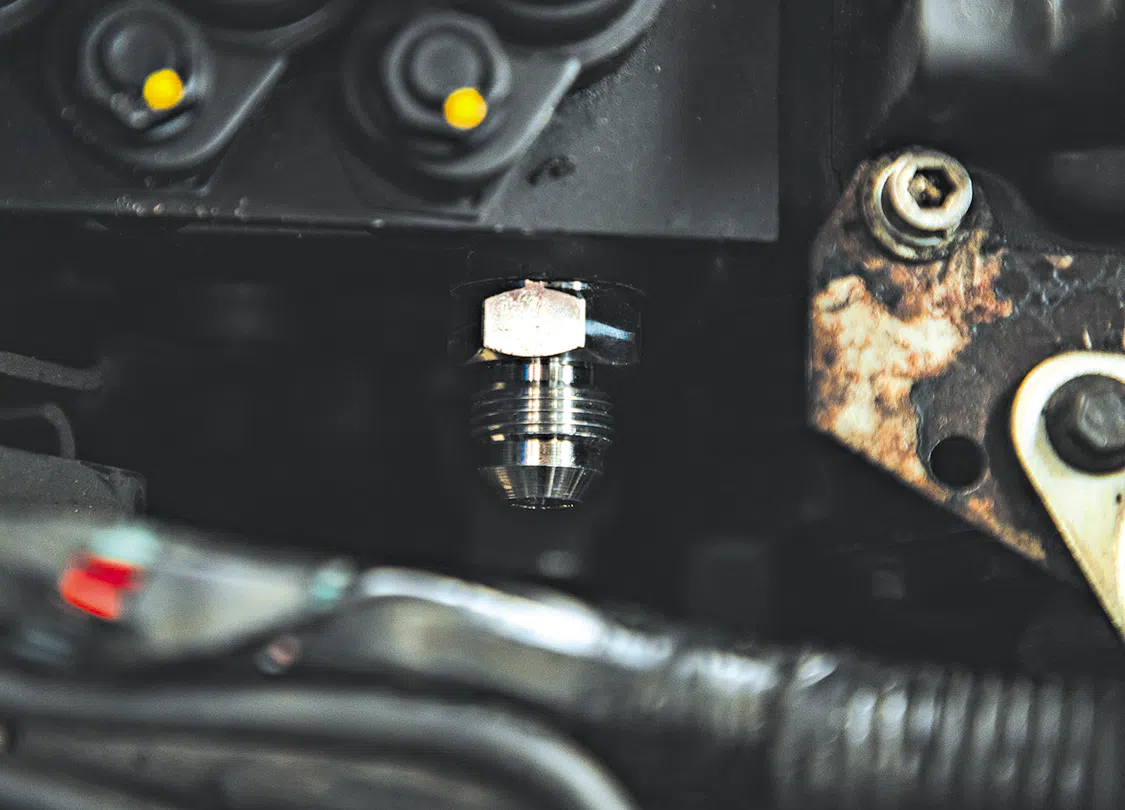
4E. We next inserted the PL-2003 fitting into the fuel line. (Remember to use oil.) Then, we connected the PL-2003 to the DIPF-1004, and, you guessed it, torqued it to 18 ft./lbs.
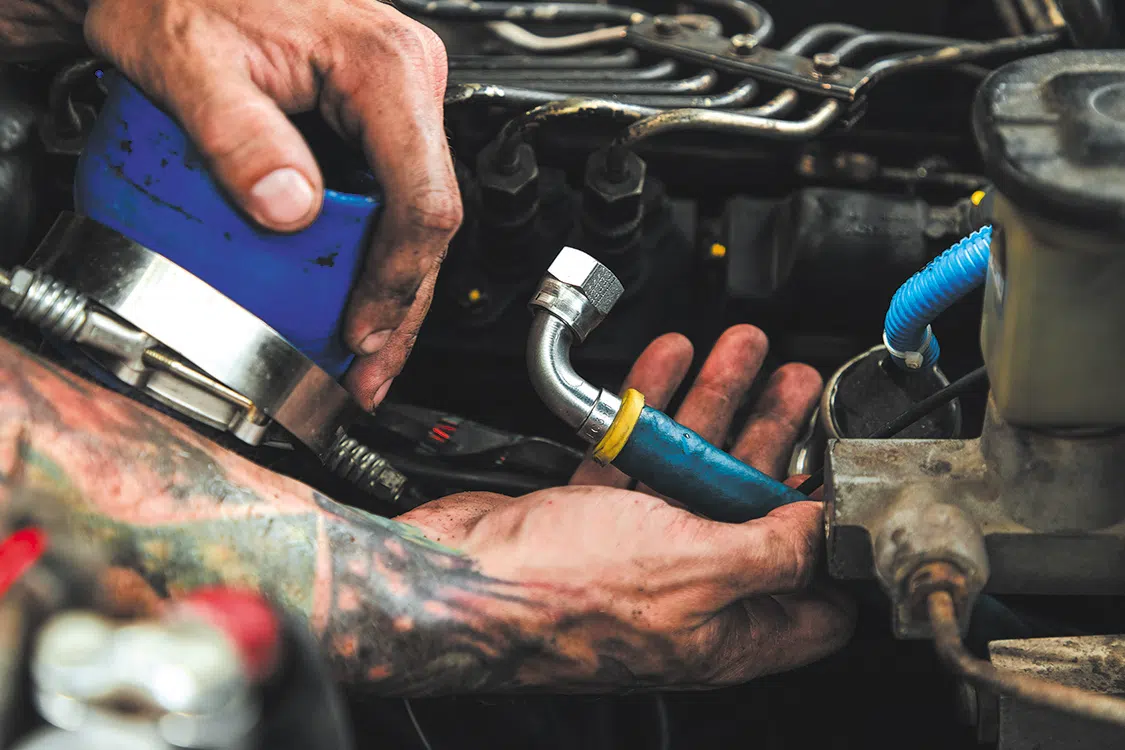
4F. Here’s where it gets a little complicated. Stay with us. To finish installing the fuel line, the return line from the injectors has to be T’d into the return line of the injection pump. To do that, we assembled the T-fitting with two HB-14516, the CP-1003 compression fitting, and PB-14316 bushing using thread tape. Then, we removed the rubber hoses that were attached to the Injection Pump Return line and Injector Return line with reused clamps. We installed the FL-1056 fuel line from the steel injector return line to the T-fitting, then secured it with the HC-4001 clamp provided in the kit as well as a factory clamp. We installed the remaining fuel line from the T-fitting to the factory steel line at the frame. Finally, we cut the Injector Return line (measure twice, cut once!), slid on a compression nut, ferrule, and hold line, nice and tight to the T-fitting, and tightened the nut accordingly.
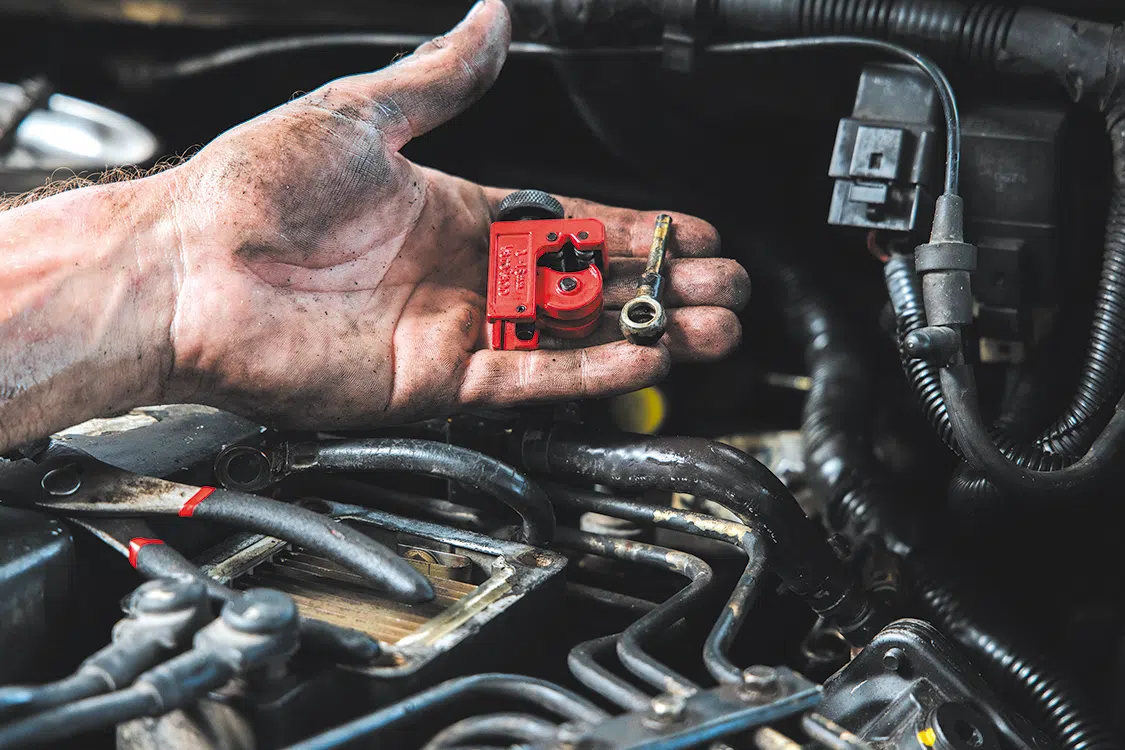
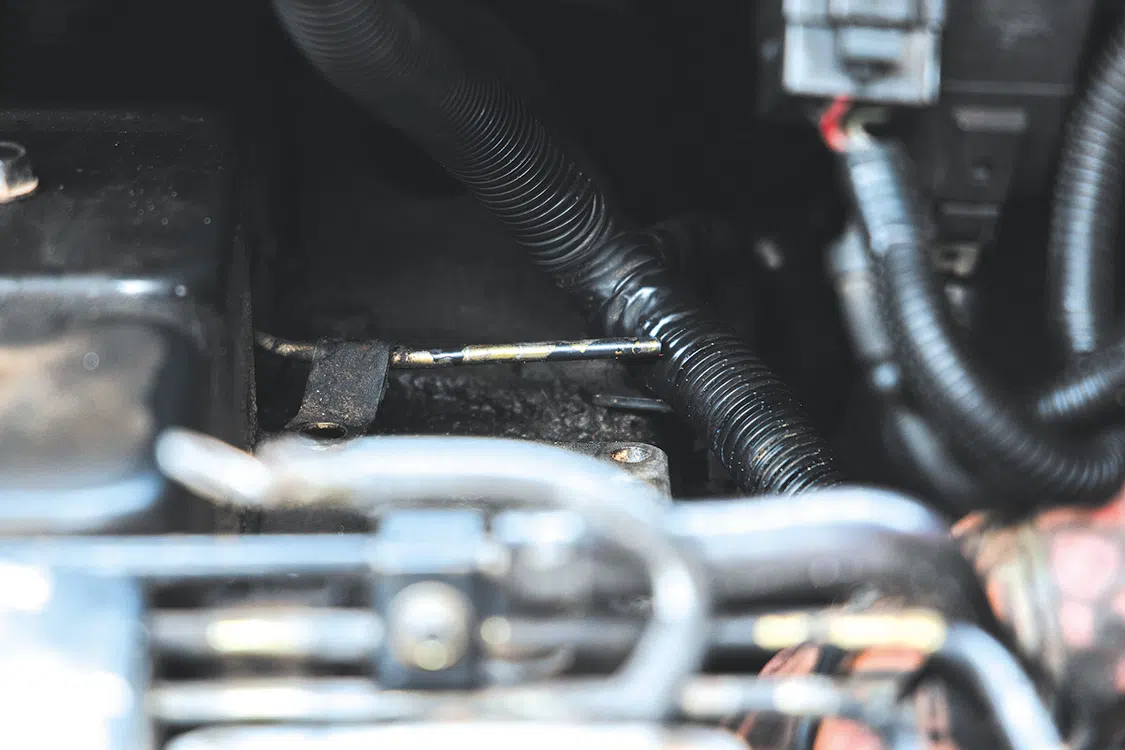
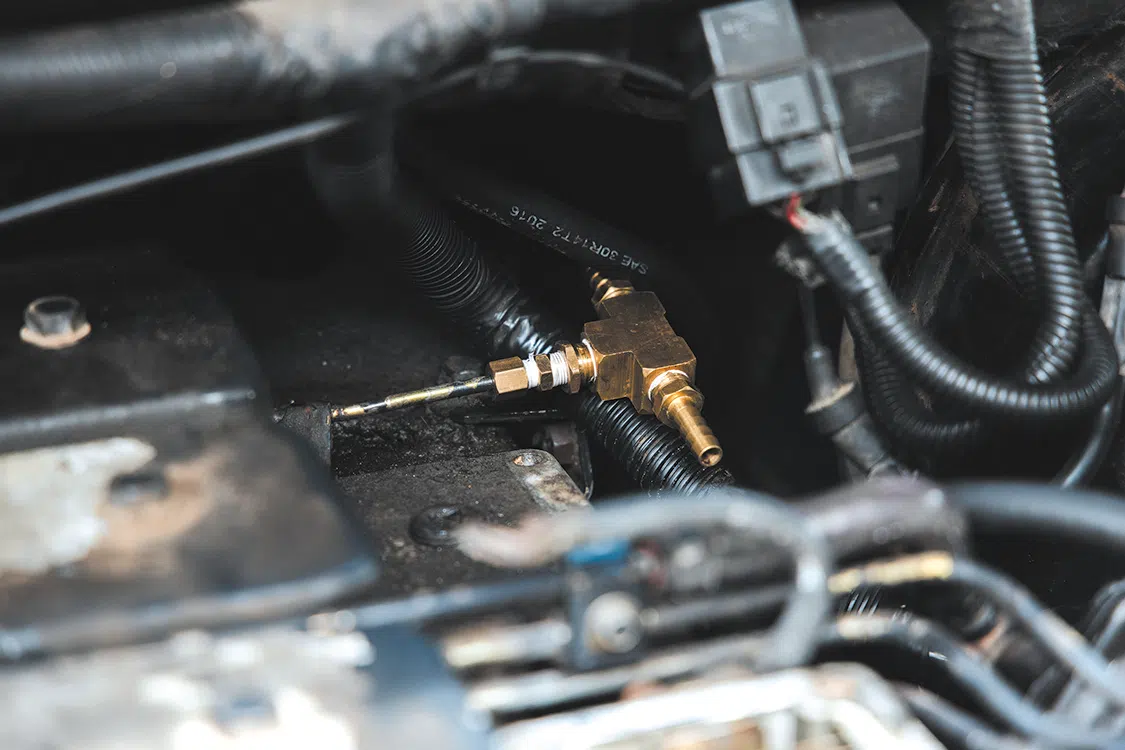
Step 5: Reviewing the Install
Before wrapping up the process, we ran through a list of checks to make sure everything was working properly.
This pump comes with a 1 Year Manufacturer’s Warranty. Once we ensured everything was working properly, we submitted our warranty information at FASSride.com/register-a-warranty.
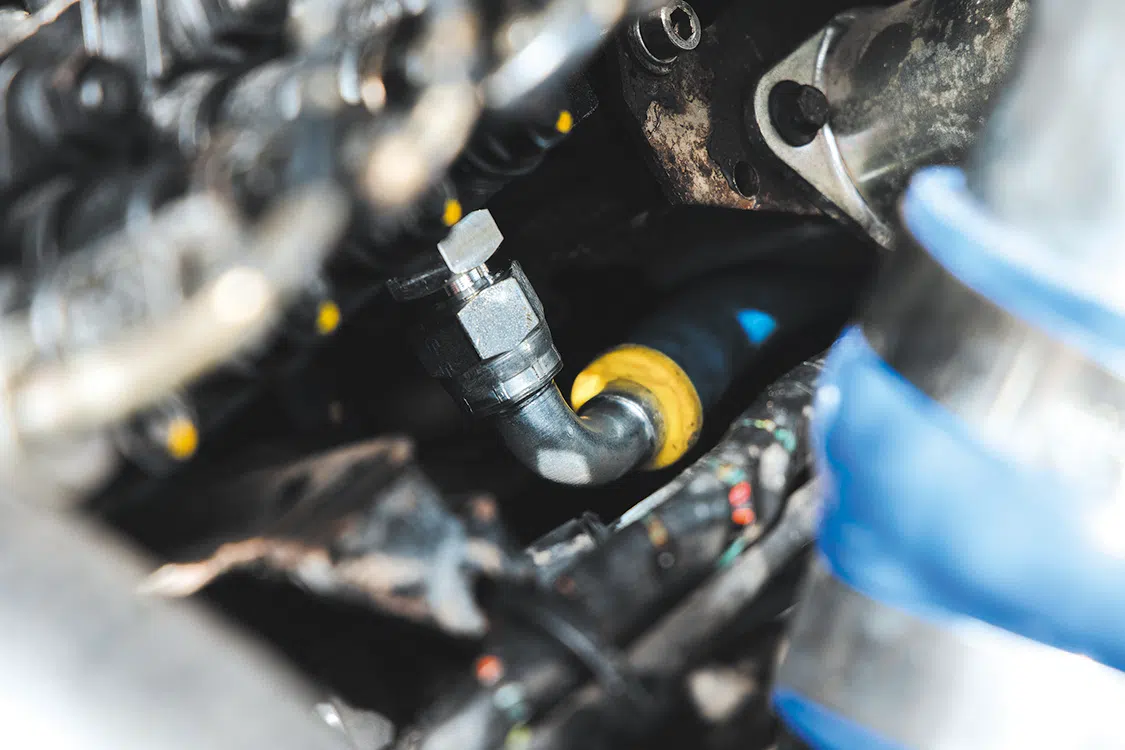
5A. The first thing we tried was to blow out any open lines and cover any open ports.
5B. We made sure all bolts and fasteners were properly tightened.
5C. We also checked to ensure all electrical harness and fuel lines were secured and properly tightened, and reconnected the battery.
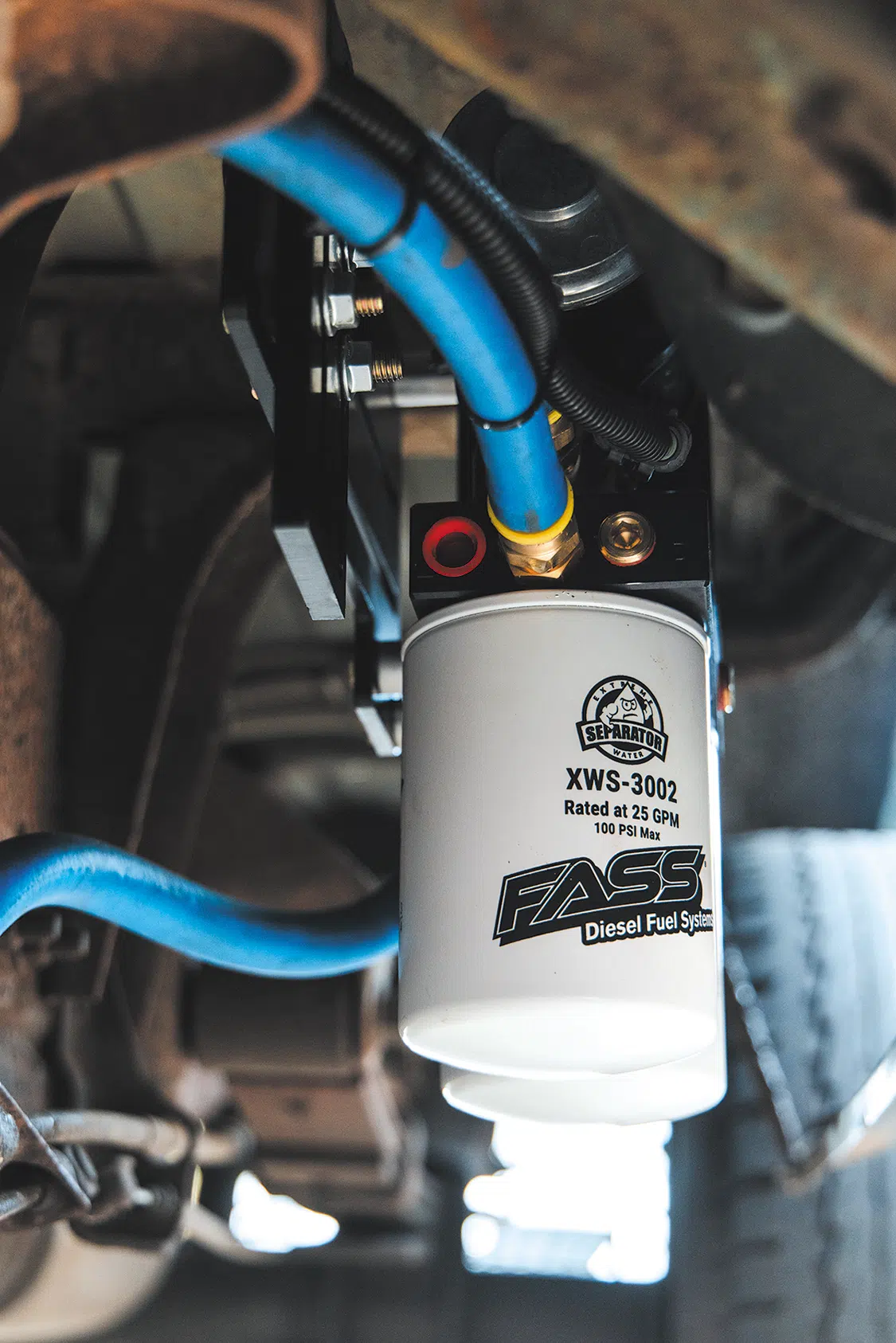
5D. We correctly primed the system by turning the key in the ignition, turning on the FASS pump for 15 seconds, then cranking the engine and allowing it to run for at least 1 minute.
5E. We checked for leaks, started the engine, and rechecked all fluid and filter connections for leaks again. Better safe than sorry.
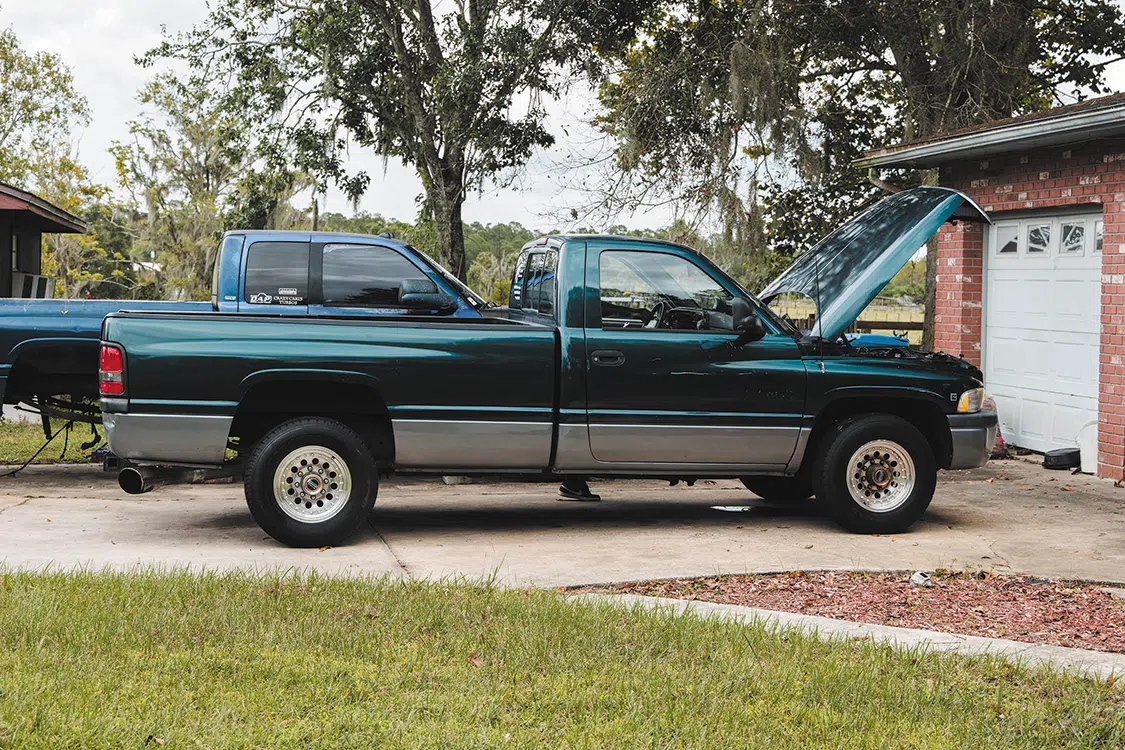
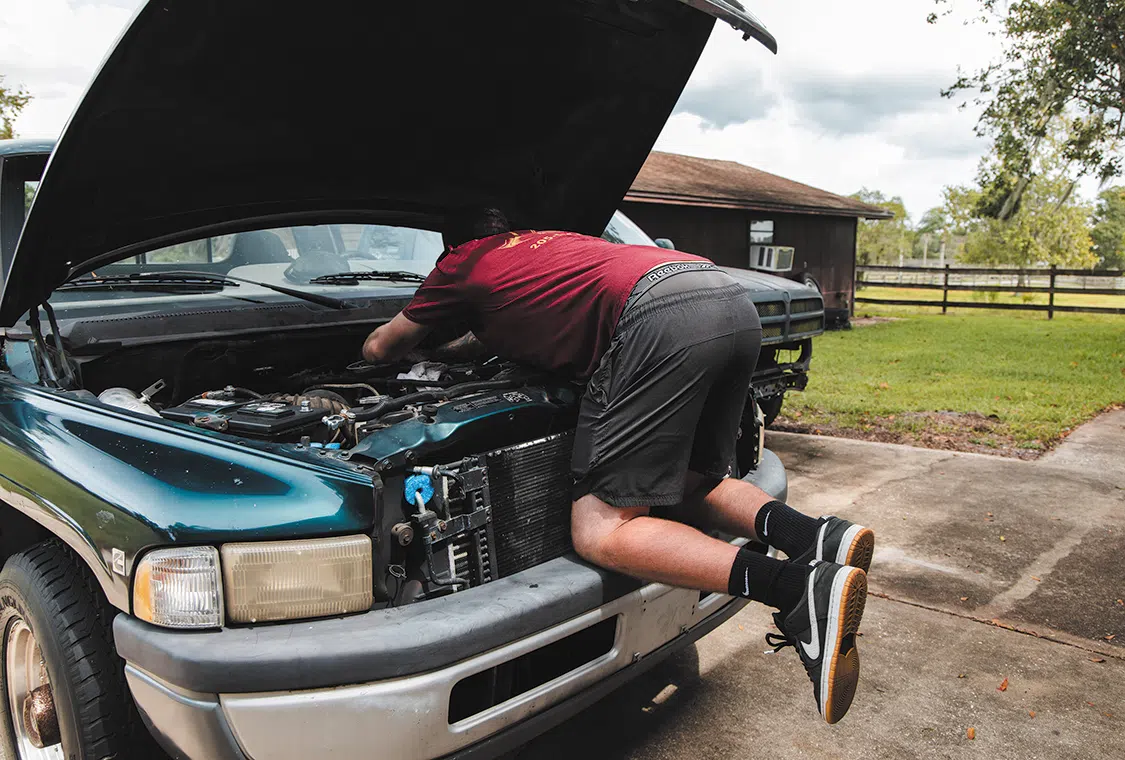
SOURCE
FASS DIESEL FUEL SYSTEMS
FASSRIDE.COM
(866) 769-3747



